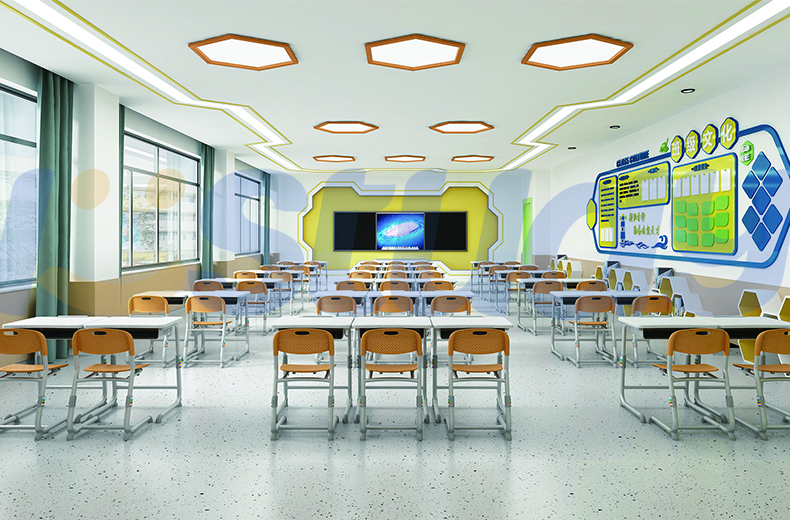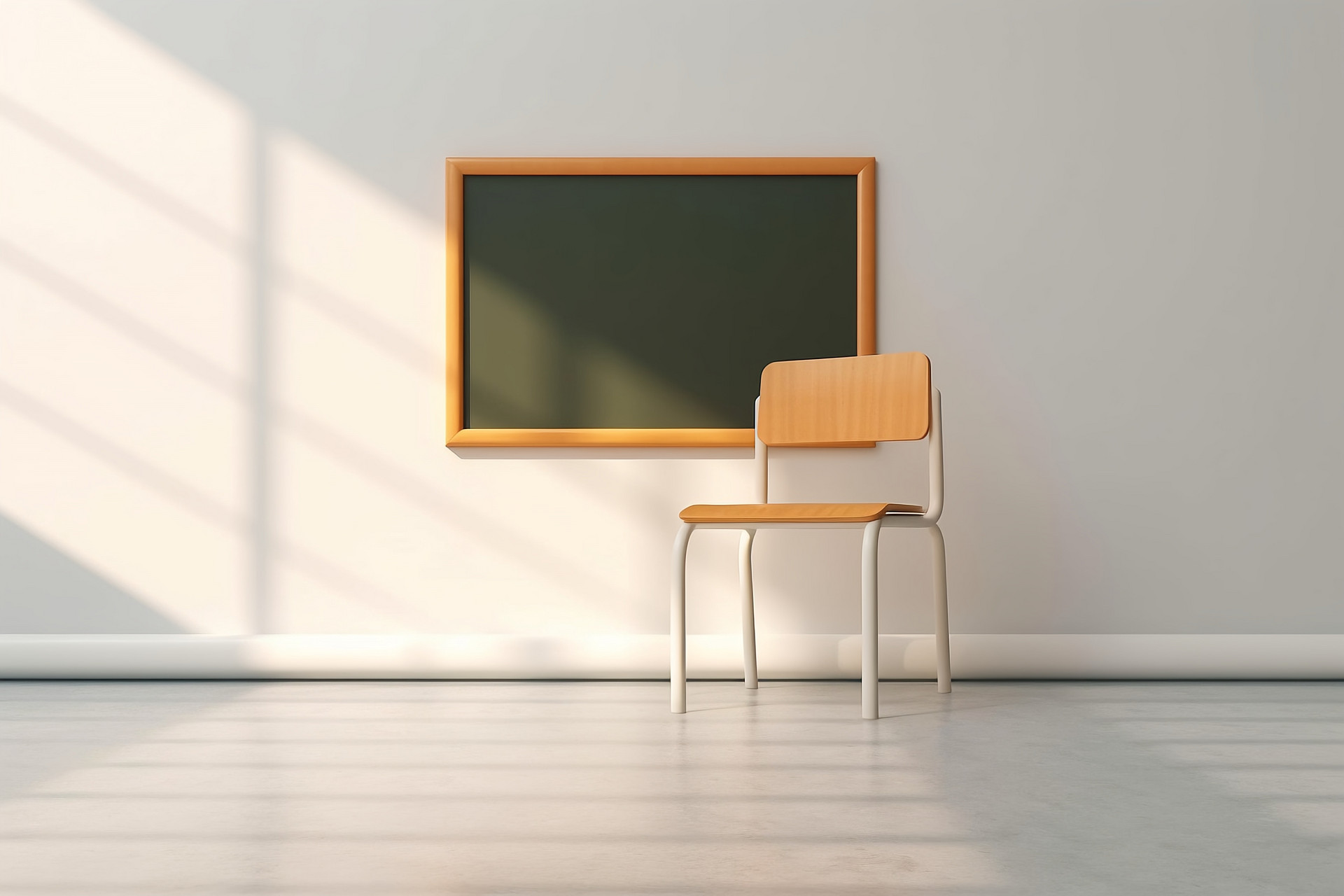Addressing Common Problems and Damage to School Furniture: Practical Solutions for Educational Institutions

School furniture is subjected to daily use by students and teachers, making it susceptible to wear, tear, and damage over time. Addressing common problems and damage to school furniture is crucial for maintaining a safe, comfortable, and conducive learning environment. In this article, we'll explore practical solutions that educational institutions can implement to effectively deal with issues related to school furniture.
Identifying Common Problems:
1. Wear and Tear: Continuous use of school furniture can result in wear and tear, including scratches, dents, and fading of finishes.
2. Loose Fasteners: Over time, screws, bolts, and other fasteners may become loose, compromising the stability and structural integrity of school furniture.
3. Upholstery Damage: Chairs, sofas, and other upholstered furniture may suffer from tears, stains, or fabric deterioration, affecting both aesthetics and comfort.
4. Broken Parts: Components such as legs, arms, or tabletops may break or become damaged due to misuse, accidents, or inadequate maintenance.
5. Wobbly or Unstable Furniture: Improper assembly, uneven flooring, or worn-out components can cause school furniture to become wobbly or unstable, posing safety hazards to students and staff.

Practical Solutions:
1. Regular Inspection:
- Implement a schedule for regular inspections of school furniture to identify any issues or damage promptly.
- Inspect all components, including fasteners, joints, legs, and surfaces, for signs of wear, damage, or instability.
2. Maintenance Protocol:
- Develop a comprehensive maintenance protocol that includes tightening loose fasteners, repairing minor damages, and addressing issues promptly.
- Train maintenance staff or designated personnel on proper repair techniques and safety procedures.
3. Prompt Repairs:
- Address minor damages or issues promptly to prevent them from worsening over time.
- Replace broken parts, repair upholstery tears, and tighten loose fasteners as needed.
4. Professional Maintenance:
- Consider outsourcing maintenance and repair tasks to qualified professionals or technicians experienced in servicing school furniture.
- They can provide specialized expertise and ensure that repairs are conducted safely and effectively.
5. Upgrading Furniture:
- Evaluate the condition and functionality of school furniture regularly and consider upgrading or replacing outdated or damaged pieces.
- Invest in durable and ergonomic furniture designs that are built to withstand the rigors of daily use in educational settings.
6. Preventive Measures:
- Educate students and staff on proper usage and handling of school furniture to minimize the risk of damage or misuse.
- Implement usage guidelines, such as weight limits and proper lifting techniques, to prevent accidents and injuries.
- Encourage students to report any damages or issues with school furniture promptly to facilitate timely repairs.
By implementing these practical solutions and preventive measures, educational institutions can effectively deal with common problems and damage to school furniture. Regular inspection, maintenance, and prompt repairs are essential for ensuring the safety, functionality, and longevity of school furniture, ultimately creating a conducive learning environment for students and teachers alike. Additionally, investing in durable and ergonomic furniture designs and promoting proper usage practices can help minimize future issues and contribute to the overall quality of education provided.

